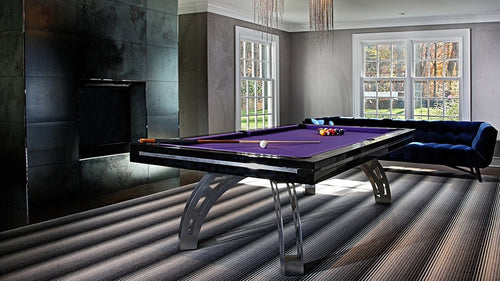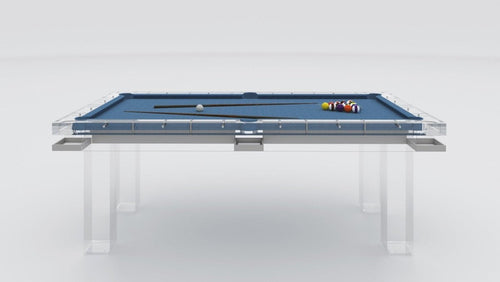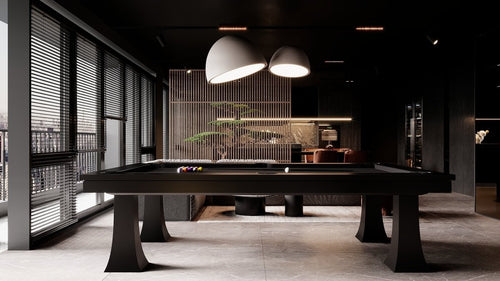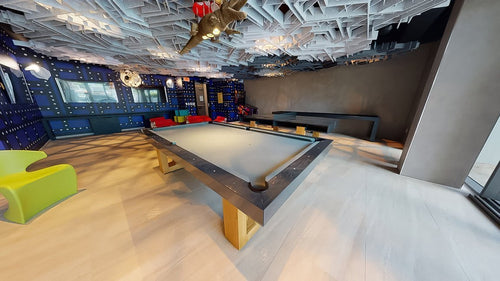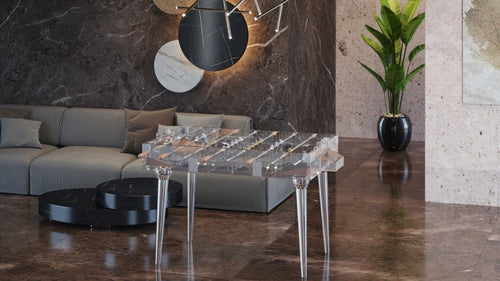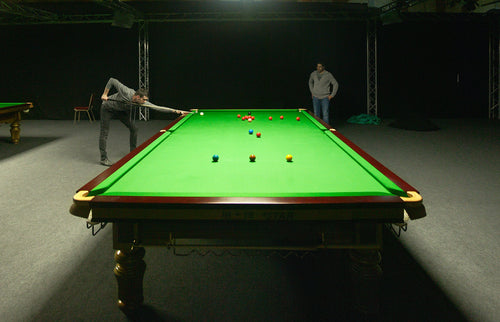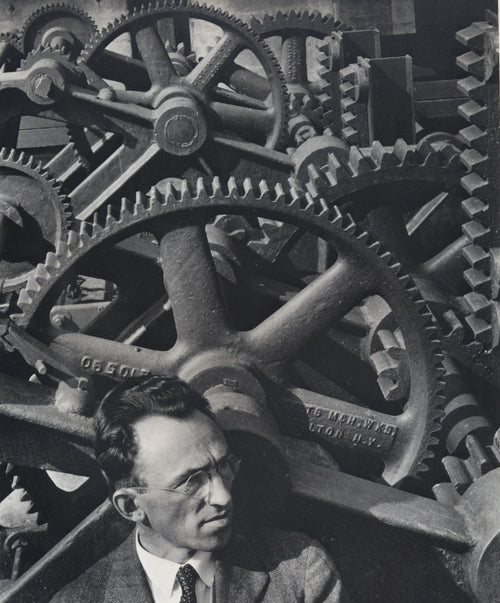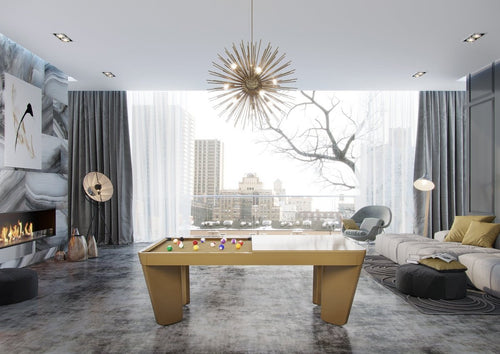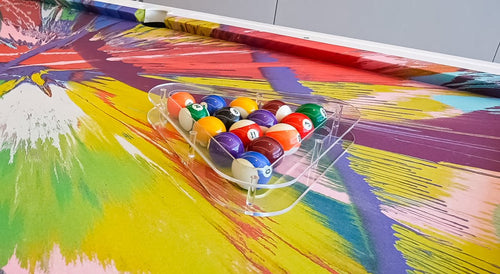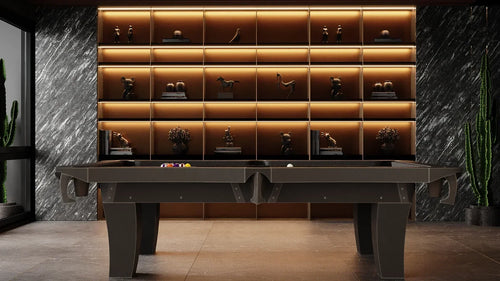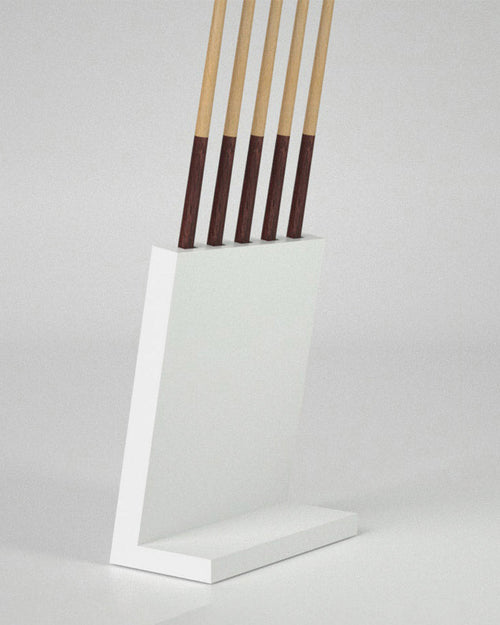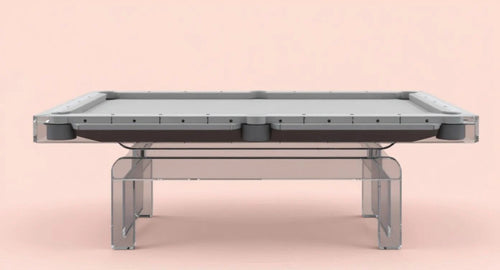Enjoy our modern designs
Estimated Read Time: 5 mins |
Germany’s and Scandinavia’s turn-of-the-century Art Nouveau—distinguished by nature-inspired motifs, dynamic curves, and a drive toward modern materials and methods.
Jugendstil is the German and Scandinavian interpretation of the wider Art Nouveau movement, flourishing at the turn of the 20th century. Named after the influential magazine Die Jugend (“Youth”) launched in Munich in 1896, Jugendstil emphasized artistic innovation, organic form, and a decisive break from historical revival styles.
Key Characteristics of Jugendstil
- Rejection of Victorian historicism and eclectic revivals.
- Embrace of modern materials—iron, glass, electric lighting, and industrial production.
- Integration of fine arts (painting, sculpture, bas-relief) into architecture and decoration.
- Ornamentation based on nature-inspired motifs—vines, shells, feathers, insect wings, and flowing abstract shapes.
- Signature curvilinear forms and decorative “whiplash” curves, creating dynamic and expressive visual effects.
Prominent Designers and Works
-
August Endell
- Noted for the Atelier Elvira (Munich, 1896; destroyed): famous for its asymmetric windows and marine-inspired, undulating façade, with interiors that rejected historical ornamentation for organic, flowing lines. -
Richard Riemerschmid
- Brought Jugendstil to decorative arts—creating windows, ceilings, and lighting that balanced practicality with stylized, expressive nature motifs. -
Peter Behrens
- Early Jugendstil works include his own home in Darmstadt (1901). Later shifted toward modernism at AEG, mentoring future icons Gropius, Mies van der Rohe, and Le Corbusier.
Spread to Scandinavia
Jugendstil spread north, especially to Finland, blending with Romantic Nationalism and local craft traditions. Scandinavian Jugendstil became a unique fusion of European modernity and indigenous motifs, contributing to a distinct northern variant of Art Nouveau.
Legacy
Though its dominance was short-lived, Jugendstil left a lasting impact on European modernism. Its embrace of modern materials, technical innovation, and artisanal excellence shaped subsequent design thinking. Rediscovered after World War II, Jugendstil is now celebrated for its daring forms and meticulous craftsmanship.



